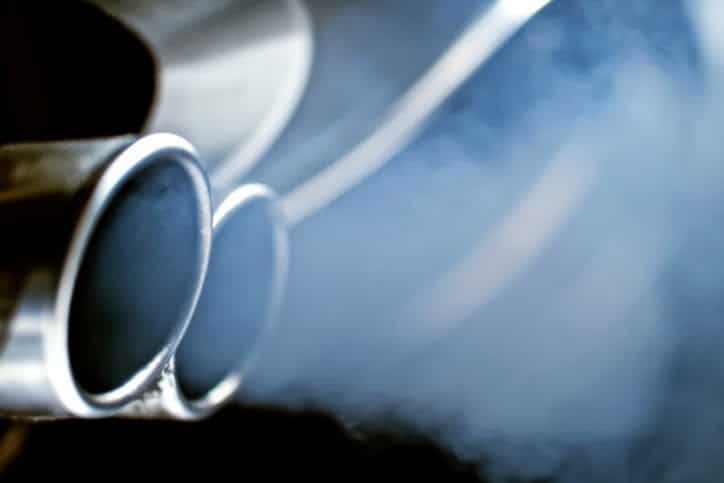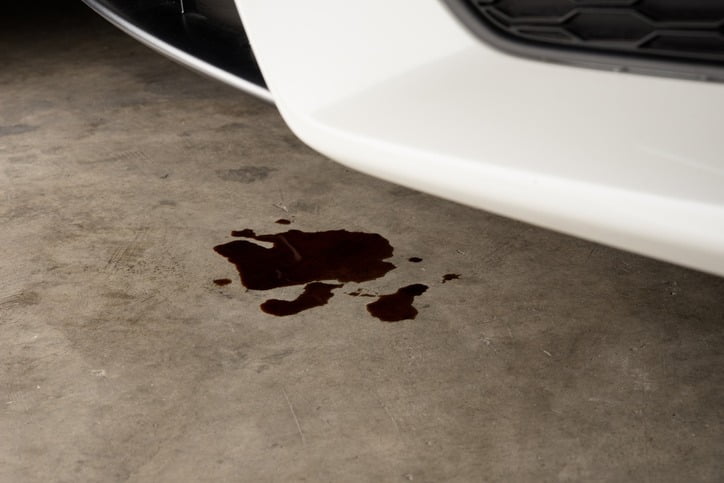We all know it’s important to take care of your car’s engine, but it can be easy to overlook, ignore or dismiss potential warning signs as ‘just a blip’ or something that you don’t need to get checked out until later. But, before it’s too late and you risk seriously damaging the engine, it’s worth recognising and considering the signs that could indicate that not all is well with your engine.
So, to help you spot the signs of engine damage, we’re taking a look at some of the signs and symptoms which tell you when something’s wrong under the bonnet. From suspicious noises and smoke to other visible signs, by understanding what to look out for, you’ll be better placed to maintain your car and avoid pricey repair bills.
And a quick note before we get into the guide: as a rule of thumb, we’d advise you to seek out a professional mechanic if your car is experiencing any of these problems. The earlier you can get engine damage treated, the easier it’ll be to get fixed; saving on both costs and hassle along the way.
Use the links below to jump to the sign or symptom your car may be experiencing.
Quick Links
Suspicious Noises
If you spend a lot of time with your car, you’ll become attuned to the noise it makes and you’ll probably tell when it sounds different. Here are the noises you need to be concerned about.
Knocking
If it’s a knocking or thumping type of noise, chances are the rod bearings have worn out or they’ve gotten too loose. The bearings will likely fail soon, and driving around in this kind of state is not recommended until it’s been fully tested and repaired.
Squealing
If your engine’s hitting those high notes and letting out some ear-splitting squeaks and squeals, the fan belt is taking some real punishment. When it gets loose and worn down the belt stops moving at the same pace as the pulleys controlling it, resulting in a grating high pitched noise. If it’s not too loose you can fix it yourself – look in your car’s manual for any repair procedures to tighten it up. Otherwise if it’s too worn out you might need to replace it.
Grinding
A grinding noise is not only irritating to the ears, it probably means your front brake pads are getting shaved away every time you hit the road. When the last bit of the pad has gone, the metal backing plate clamps directly onto the brake disc, significantly reducing the car’s braking effectiveness. We’d strongly advise not getting in your car when things get this bad.
Excessive Smoke
Clear smoke from your tailpipe isn’t a problem, but if your motor starts puffing out blue, black or white smoke, your car has got a problem you’ll want to fix as soon as possible.
Blue Smoke
If it’s blue, then that means oil is escaping from the engine and being burned alongside the fuel. A quick fix would be to keep adding engine oil to the crankcase, but really, you should take the car in to get any worn or damaged seals repaired.

White Smoke
White smoke is a sign that either water condensation or antifreeze has combined with the fuel supply. Topping up on your coolant or antifreeze provides a temporary solution and stops it from overheating, but a professional check-up would be a wiser move.
Black Smoke
When you start seeing black smoke and it’s not clearing as the engine warms up, then that could mean the air filter has been clogged up. A simple replacement will do the trick, but if the problem persists then the air-to-fuel ratio is probably off balance.
This will be due to a bad fuel pressure regulator or a leaky fuel injector, which will both need replacing if you want your car to cut down on all the smoking while you’re driving.
Other Signs and Symptoms
It isn’t just strange noises and smoky exhaust fumes that spell trouble for your car; lots of other signs can indicate engine damage, including the check engine light and patches of oil beneath the car when it’s parked. Here, we take a look at other signs to watch out for.
Check Engine Light
The check engine light is a dashboard warning light that’s triggered by your car’s ECU (electronic control unit). Here are some of the reasons why you may be seeing a check engine light:
- Worn or damaged spark plugs
- Fuel filler cap hasn’t been replaced correctly
- The oxygen sensor is damaged and needs replacing
- The airflow sensor is damaged and needs replacing
- Faulty engine coil
- Faulty fuel injectors
- Faulty thermostat
Because there are so many reasons why the ECU might switch on the warning light, it’s definitely something you should get checked out to prevent more serious problems.

Oil or Fluid Under the Car
Spot a patch of oil or fluid beneath where your car has been parked? It could indicate a serious engine problem, like an oil or coolant/antifreeze leak. To help diagnose the problem, we’d recommend this guide to car leaks from our partners, Prestone. With information on the different types of fluids that can leak from your car and what they look, feel and smell like, it can help you get to the bottom of the problem before it becomes more expensive to fix.
Using More Fuel than Normal
Have you noticed that your car’s MPG is lower than normal? Or maybe you seem to be running out of fuel earlier during your regular commute?
Several faults can cause your engine to burn more fuel, including
- blocked or faulty injectors
- a blocked air filter
- a fuel leak
- a faulty air sensor in the combustion chamber
- a bad spark plug
If you notice your car is using more fuel than usual, book it in for a service to find the root of the problem.
Loss of Engine Power
Does your car feel different to drive? Perhaps there’s a slight delay after you press the accelerator, it isn’t revving as it should, or it sounds rough when idling? All these symptoms could be a sign of an underlying engine problem.
Take your car to a garage if something doesn’t feel right or you notice a dip in performance. Small issues, like a dirty air filter, are easy to resolve, but you shouldn’t leave it for other faults to develop.
If you love your car, you want to keep it in good health and clean it inside and out. For a better drive, use Redex. For more information, click here to visit the Redex website.
